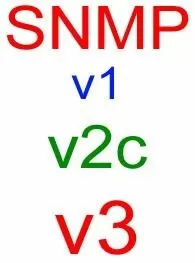Download our free SNMP White Paper. Featuring SNMP Expert Marshall DenHartog.
This guidebook has been created to give you the information you need to successfully implement SNMP-based alarm monitoring in your network.
1-800-693-0351
Have a specific question? Ask our team of expert engineers and get a specific answer!
Sign up for the next DPS Factory Training!

Whether you're new to our equipment or you've used it for years, DPS factory training is the best way to get more from your monitoring.
Reserve Your Seat Today
When you look at product summaries and specifications for a device, do you consider all versions of SNMP to be the same? Although they might seem quite similar, there are actually some big differences that can get you into trouble if you're not careful. Imagine how much safer it would be to know the fundamental differences between SNMPv1, SNMPv2c, and SNMPv3.
SNMPv1
SNMPv1 was the first version of SNMP. Although it accomplished its goal of being an open, standard protocol, it was found to be lacking in key areas for certain applications. Later versions have addressed many of these problems.
SNMPv2C
SNMPv2c is a sub-version of SNMPv2. Its key advantage over previous versions is the Inform command. Unlike Traps, which are simply received by a manager, Informs are positively acknowledged with a response message. If a manager does not reply to an Inform, the SNMP agent will resend the Inform.
Other advantages include:
SNMP V3
SNMPv3 is the newest version of SNMP. Its primary feature is enhanced security.
The "EngineID" Identifier in SNMPv3 uniquely identifies each SNMP entity. Conflicts can occur if two SNMP entities have duplicate EngineIDs. The EngineID is used to generate the key for authenticated messages.
SNMPv3 security comes primarily in 2 forms:
To learn more about the SNMP products that will make your job easier, call the DPS SNMP experts at 1-800-693-0351